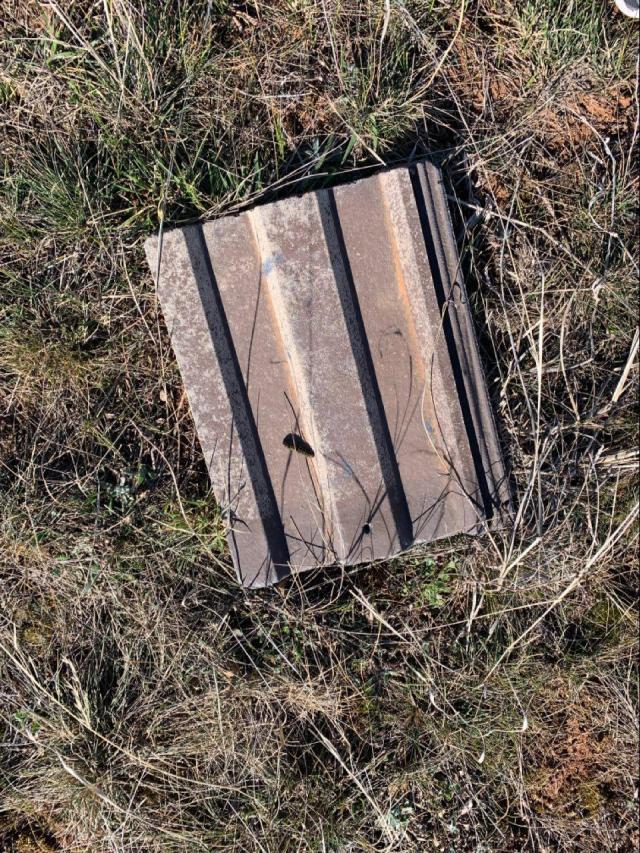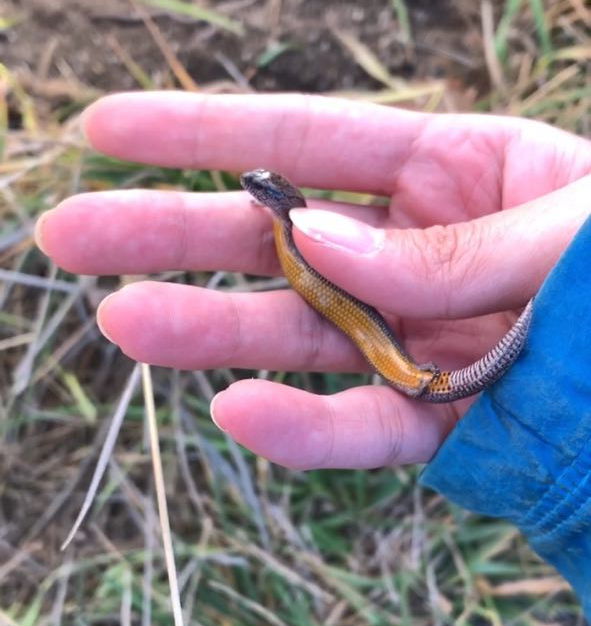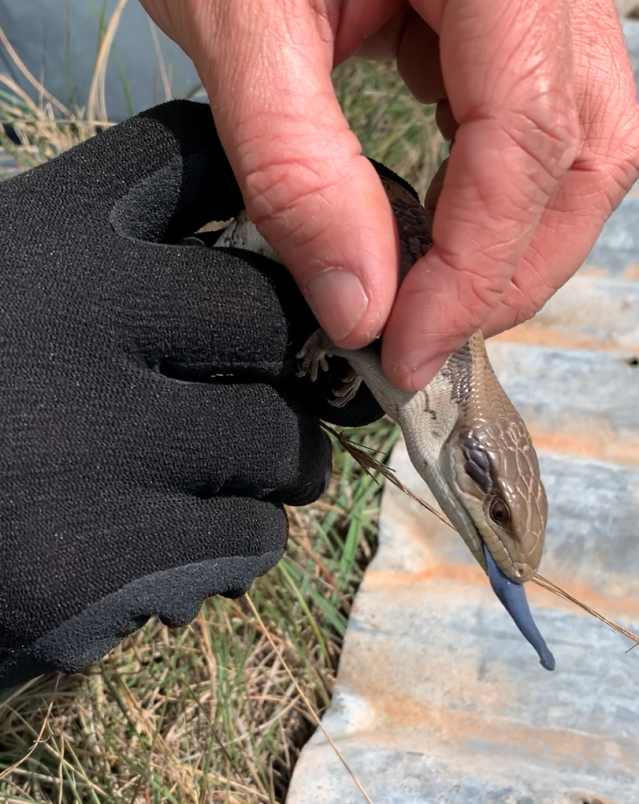The striped legless lizard (Delma impar) is a vulnerable species in the Australian Capital Territory (ACT) under the Environmental Protection and Biodiversity Conservation (EPBC) Act. In the ACT, these lizards are usually found in the following areas: Gungahlin/Belconnen, Majura Valley, Jerrabomberra Valley and adjacent to Yarrumundi Grassland. These are mainly Natural Temperate Grassland communities, which are critically endangered with 99.5% of the community degraded. As such, the lizards face the same threats as the Natural Temperature Grasslands, which are degradation and fragmentation of habitat due to infrastructural development and agriculture.
Biodiversity offsetting
On two days in August and September, I got the chance to work with the ACT Parks and Conservation Environmental Offsets team. The team was working on their annual monitoring of the striped legless lizards at environmental offset sites, in order to better understand the distribution and abundance of their populations, as well as their preferred habitats. Such monitoring is very important to enable adaptive management, such that techniques to maintain these offset sites can be improved.
Home construction
The first day was spent laying down roof tiles that act as artificial shelters for the lizards. Each site had 5 clusters, with each cluster having 9 tiles in a 3 by 3 formation. They like hiding under these tiles as it is warmer underneath and they provide protection against predators. New survey sites were set up, and broken tiles from existing sites were replaced.
Unfortunately, we did not see any striped legless lizards on the first day, but we did see some three-toed skinks (Saiphos equalis), some Boulenger’s skinks (Morethia boulengeri), and plenty of cockroaches.

New roof tiles used as artificial shelter 
Broken tiles from existing sites 
Three-toed skink
Open sesame
The second day spent with the team was for the actual surveying of reptiles found under the roof tiles. The site I went to was Gungaderra Grassland Nature Reserve, which is said to have the highest density of striped legless lizards. Before meeting any of the striped legless lizards, we were greeted with a juvenile blue-tongued skink, and also the highly venomous eastern brown snake (Pseudonaja textilis). Every roof tile I lifted up was a scary experience as we will never know what is residing underneath.

Blue-tongued skink
For each cluster of tiles, we had to take down the temperature, humidity, species and quantity of reptiles, whether they were juveniles, sub-adults or adults, and also whether it has lost its tail. Fortunately, we eventually got to see some striped legless lizards.

Striped legless lizard
Using these results
Through the years of surveying and monitoring, the results show that the striped legless lizards prefer a mixture of grass between 10 and 20 cm high, which gives a variety of sites for shelter, thermoregulation and prey hunting. Such information derived from these surveys is essential in determining when grazing or burning should be carried out, so as to provide the best habitat for the lizards. With continuous improvement in the management of the lizards’ habitats, there is hope in the regeneration of the striped legless lizard population.
By U7025137
